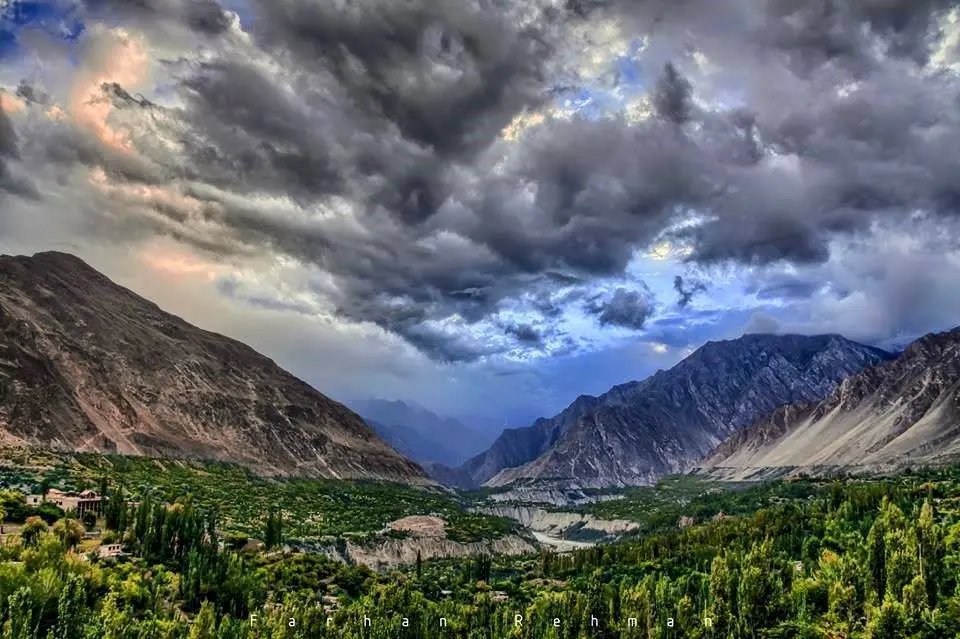Located in the far northern reaches of Pakistan, Hunza Valley feels almost otherworldly. With its towering mountains, crystal-clear rivers, lush green terraced fields, and ancient fortresses, Hunza offers visitors an unforgettable travel experience. Whether you are a nature lover, an adventure seeker, or someone interested in exploring rich cultural history, a six-day tour of Hunza Valley promises to be a journey like no other.
This guide provides a detailed six-day itinerary highlighting the best sights, activities, and tips to help you make the most of your trip to this magnificent region.
Why Visit Hunza Valley?
Hunza Valley is often described as a hidden gem of Pakistan, and it’s easy to see why. With its towering peaks, including Rakaposhi and Ultar Sar, serene lakes, and a rich cultural heritage, Hunza offers a perfect escape for those seeking peace and adventure.
- Breathtaking Views: Surrounded by some of the highest peaks in the world, Hunza offers unparalleled views of nature, making it an ideal destination for photography and sightseeing.
- Rich Cultural History: Hunza is home to the Burusho people, who have a unique language, traditions, and food. The region’s history, including ancient forts and ruins, tells the story of this resilient and proud community.
- Adventure Opportunities: Hunza offers plenty of opportunities for thrill-seekers, from trekking to skiing and rafting.
- Peaceful Atmosphere: The valley’s serene environment makes it perfect for relaxation and self-reflection.
Best Time to Visit Hunza
The best time to visit Hunza Valley is spring (April to June) and autumn (September to November). These seasons offer mild weather and spectacular views of the valley, especially the vibrant flowers in spring and the golden hues of autumn. Summer (July to August) can also be ideal, but it’s a busier season with more tourists. Winter (December to February) is cold and snowy, making it a less popular time to visit. Still, it does offer a winter wonderland experience for those who enjoy snow.
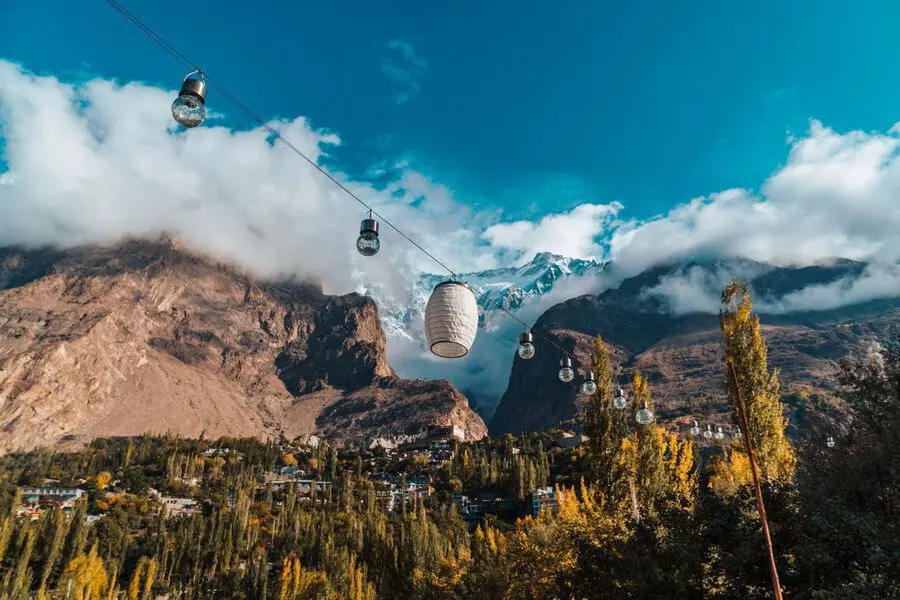
How to Reach Hunza
- By Road: The easiest way to reach Hunza is by road. You can drive from Islamabad to Gilgit, which takes around 12-14 hours. From Gilgit, it’s another 2-3 hours to reach Karimabad, the main town of Hunza.
- By Air: The nearest airport is in Gilgit, and flights from Islamabad are limited. However, flights are often subject to weather conditions, so it’s recommended to travel by road for more flexibility.
Day 1: Arrival in Hunza – Exploring Karimabad
Karimabad Village
Your adventure begins upon arrival in Karimabad, the capital of Hunza. This charming village is nestled between the peaks of Rakaposhi and Ultar Sar. After settling into your hotel, stroll through the village to soak in the scenic beauty and experience the local culture.
Baltit Fort
In the afternoon, head to Baltit Fort, a historic landmark that dates back over 700 years. This ancient fort, built by the ruling Mir family, stands atop a hill overlooking the valley and offers stunning views of the surrounding landscape. Explore the fort’s narrow corridors, balconies, and exhibits to learn more about Hunza’s history and royal heritage.
Day 2: Discovering Altit Fort and the Stunning Eagle’s Nest
Altit Fort
Start your day by visiting Altit Fort, another historic fort just a short drive from Karimabad. The fort is even older than Baltit Fort and offers a fascinating insight into Hunza’s history. The views from the fort are incredible, and it offers an excellent opportunity for photography.
Eagle’s Nest and the View of Rakaposhi
In the afternoon, head to Eagle’s Nest, one of the highest points you can drive to in Hunza. From here, you’ll be rewarded with breathtaking views of the surrounding peaks, including Rakaposhi (7,788 meters) and Ultar Sar (7,388 meters). This spot is perfect for nature lovers and photographers, providing a panoramic view of Hunza’s majestic mountains.
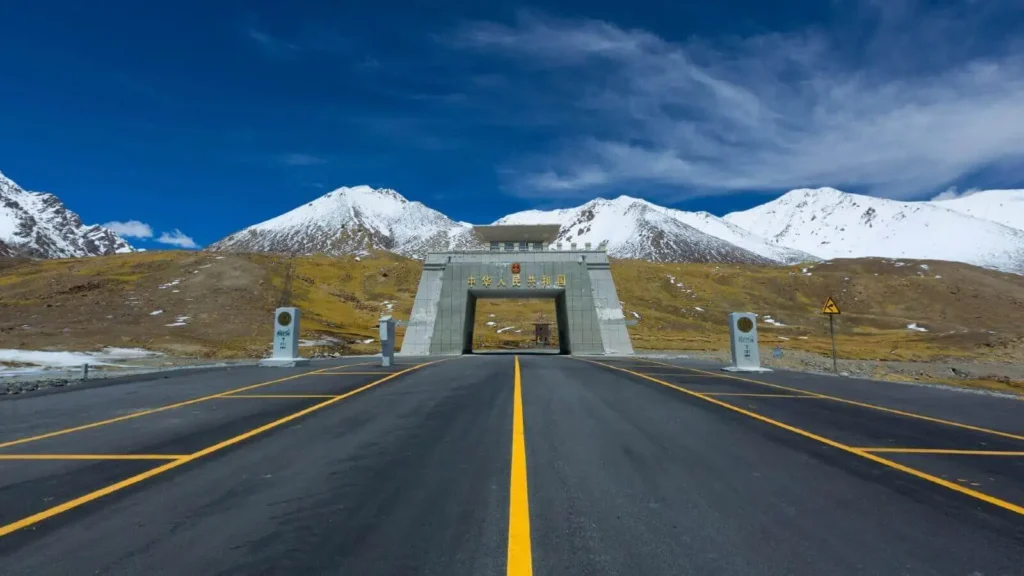
Day 3: Excursion to Khunjerab Pass
Khunjerab Pass: The China-Pakistan Border
On Day 3, embark on a full-day excursion to Khunjerab Pass, which sits at an altitude of 4,693 meters and forms the border between Pakistan and China. It’s about a 3-hour drive from Karimabad, and the road offers some of the most scenic views you’ll experience in Hunza. Once at the top, you can stand at the China-Pakistan border and take photos with the iconic sign.
Scenic Views and Wildlife
The journey to Khunjerab Pass is filled with natural beauty, with lush meadows and rugged terrain on either side. Along the way, look for wildlife such as Marco Polo sheep, Ibex, and the snow leopard that inhabit the area. The area’s stunning landscapes, including the snow-covered peaks of the Karakoram Range, make this excursion an unforgettable experience.
Day 4: Exploring the Hunza River and Husseini Suspension Bridge
Hunza River Adventures
On Day 4, spend the morning exploring the Hunza River, which winds through the valley. You can take a boat ride along the river or relax by its banks, enjoying the serene surroundings. The river’s turquoise water contrasts beautifully with the rocky mountains, making it a perfect spot for nature lovers.
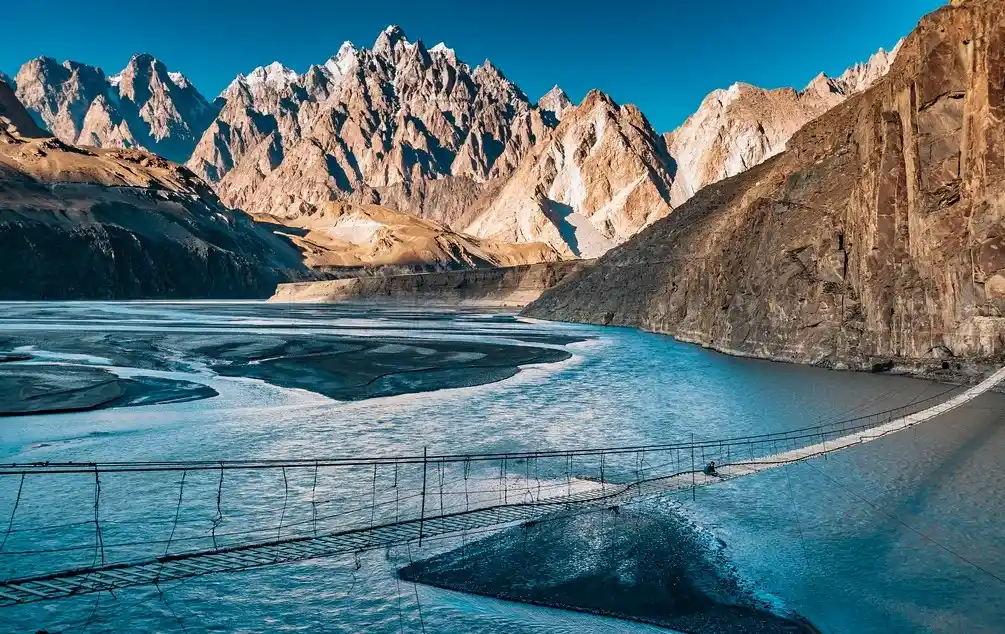
Husseini Suspension Bridge
Later in the day, visit the Husseini Suspension Bridge, one of the most dangerous suspension bridges in the world. While it may look daunting, it’s a must-see for thrill-seekers. The bridge connects the villages of Husseini and Passu, offering heart-stopping views of the valley below.
Day 5: Exploring Attabad Lake – A Tranquil Paradise
Getting to Attabad Lake
Attabad Lake is about 20 kilometres north of Hunza Valley, near the small village of Attabad in the Gojal region. It was formed after a major landslide blocked the Hunza River, submerging several villages. The result was a beautiful, serene lake that attracted travellers worldwide.
- Travel Time: The drive from Hunza to Attabad Lake takes 30-45 minutes, depending on road conditions.
- Best Mode of Transport: A local jeep or private car is the most convenient way to get to Attabad Lake. The road can be winding, but the journey offers scenic views of the surrounding valleys and peaks.
Things to Do at Attabad Lake
Boat Ride on the Lake
To fully appreciate the lake’s beauty, take a serene boat ride. Surrounded by steep cliffs and towering peaks, the ride offers amazing views of Rakaposhi and Diran Peaks.
- Duration: 30-45 minutes
- Activities: Capture photos, relax, and enjoy the tranquil waters.
Trekking Around the Lake
If you enjoy hiking, there are a few easy-to-moderate trails around the lake. These lead to areas like Gulmit Village, where you can admire panoramic views of the valley.
- Duration: 2-3 hours
- Difficulty: Moderate
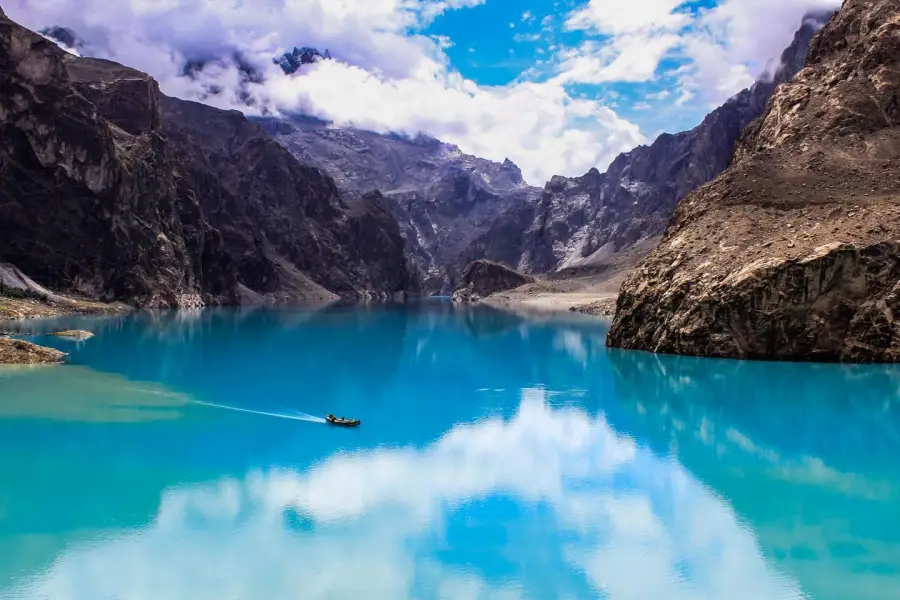
Photography
Attabad Lake is one of the most photogenic spots in northern Pakistan, with its crystal-clear blue water and majestic peaks. Early mornings or late afternoons provide the best lighting for capturing this scenic paradise.
Day 6: Relaxing at Passu and Departure
Passu Cones
On your final day in Hunza, take a trip to Passu, a small village just north of Karimabad. Here, you’ll find the iconic Passu Cones, a group of jagged peaks that is one of the most recognizable landscapes in Hunza. Spend the day exploring the area, relaxing by the river, or simply viewing the dramatic peaks.
Departure and Travel Tips
In the evening, you’ll begin your journey back to Gilgit for your return trip to Islamabad. If you’re travelling by road, this will be a long journey, so be prepared for a full day of travel. Alternatively, suppose you have a flight out of Gilgit. In that case, you can catch a flight back to Islamabad and reflect on your amazing experiences over the past six days.
Where to Stay in Hunza Valley
Hunza offers a variety of accommodation options:
- Luxury Hotels: A few luxury hotels in Hunza, such as the Hunza Serena Inn, offer modern amenities and breathtaking views of the surrounding mountains.
- Guesthouses: The region has many cosy guesthouses, providing a more intimate and local experience.
- Campsites: For nature lovers, there are several campsites near lakes and forests, perfect for those who want to immerse themselves in the natural beauty of Hunza.
Essential Travel Tips for Visiting Hunza
- Weather: Pack for varying temperatures, especially if travelling in spring or autumn. Mornings and evenings can be chilly, even in summer.
- Clothing: Comfortable and sturdy footwear are a must, especially if you plan to trek.
- Health: The high altitude may cause discomfort, so take it easy the first day and stay hydrated.
- Currency: Hunza uses Pakistani Rupees (PKR), and carrying cash is advisable as not all places accept cards.
Conclusion: Why Hunza Valley Should Be Your Next Travel Destination
With its mesmerizing landscapes, rich cultural heritage, and outdoor adventures, a 6-day tour of Hunza Valley is a once-in-a-lifetime experience. Whether you’re exploring ancient forts, trekking to high-altitude lakes, or simply enjoying the serene beauty of the region, Hunza offers something for everyone. So pack your bags and embark on an unforgettable journey to this hidden paradise!

